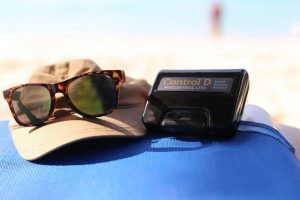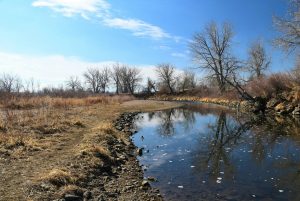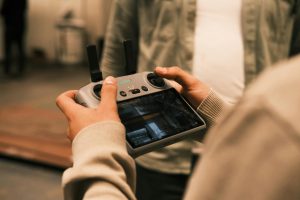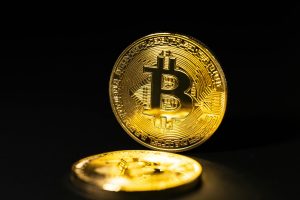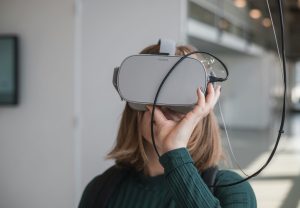Arctic Classroom Innovations: Educating in -40°C Without Wi-Fi
As technology continues to evolve, it has become an essential part of education. However, not all classrooms have the luxury of access to high-speed internet and sophisticated gadgets. In extreme weather conditions, such as those found in the Arctic, traditional methods of teaching may not be feasible. But with the rise of Arctic Classroom Innovations, educators have found creative ways to engage and educate students even in -40°C without Wi-Fi.
The Challenges of Educating in the Arctic
The Arctic region is characterized by harsh weather conditions, undeveloped infrastructure, and a small population scattered across vast landmasses. This poses a significant challenge for educators, who must navigate through these barriers to reach students. Additionally, traditional teaching methods, which rely heavily on technology, are often rendered ineffective due to limited access to the internet and electricity in remote Arctic communities.
Think Outside the Box: An Innovative Approach to Arctic Education
In the face of these challenges, Arctic Classroom Innovations have emerged. Educators have turned to unconventional strategies to overcome the limitations and deliver quality education to Arctic students. This has resulted in the creation of unique learning environments that are not only engaging but also incorporate important Arctic cultural and environmental knowledge.
Mobile Classrooms: Taking Education to Remote Communities
One of the main obstacles in Arctic education is the distance between communities. With extreme weather conditions, it is often difficult for students to travel long distances to attend school. Arctic Classroom Innovations have found a solution to this problem by utilizing mobile classrooms. These are modified vehicles, equipped with all the necessary teaching materials, making it possible for teachers to travel to remote communities and conduct classes in the comfort of their own homes.
No Wi-Fi, No Problem: Offline Learning Materials
Internet access is not always possible in Arctic communities, making it impossible for traditional e-learning platforms to be used. However, with the use of offline learning materials, teachers can still provide a comprehensive education. These materials range from pre-loaded tablets and educational laptops to printed textbooks and interactive educational games. By utilizing these offline resources, Arctic educators can bridge the digital divide and ensure that students have access to quality education, regardless of their location.
A Blend of Traditional and Modern Teaching Methods
Arctic Classroom Innovations also utilize a blend of traditional and modern teaching methods, combining the best aspects of both. For example, teachers often incorporate Inuit storytelling, cultural practices, and outdoor and experiential learning into their lessons, while still utilizing technology and STEM-based activities. This comprehensive approach to education creates a well-rounded learning experience that is both engaging and culturally relevant.
The Impact of Arctic Classroom Innovations
The use of these innovative approaches in Arctic education has had a profound impact on students and their communities. It has not only improved academic achievement but has also increased student engagement and retention rates. Furthermore, students are now able to gain important cultural and environmental knowledge that is essential for their way of life. This has resulted in a stronger sense of community and preservation of Inuit traditions and lifestyles.
Conclusion
In conclusion, Arctic Classroom Innovations have revolutionized education in the Arctic. These creative approaches have overcome the many barriers that have hindered traditional methods of teaching. By utilizing mobile classrooms, offline learning materials, and a blend of traditional and modern teaching methods, educators are providing students with a quality education, regardless of their location or access to Wi-Fi. This has not only improved academic outcomes but has also had a positive impact on the Arctic community as a whole.




